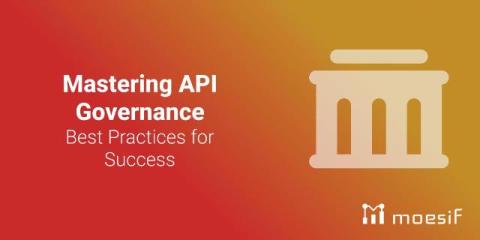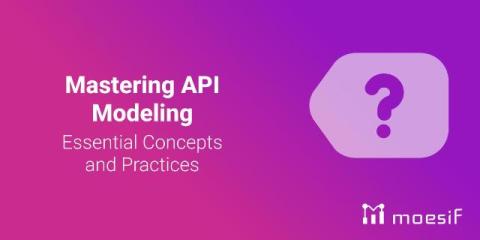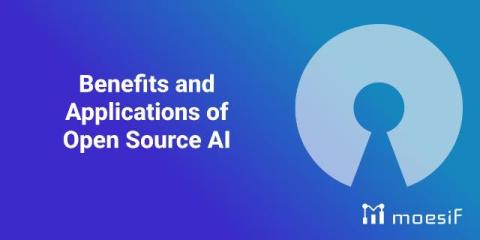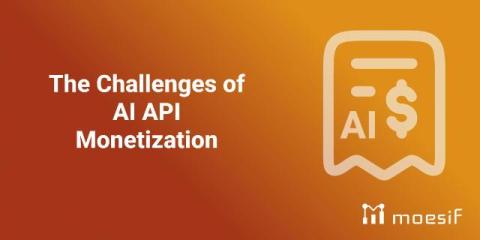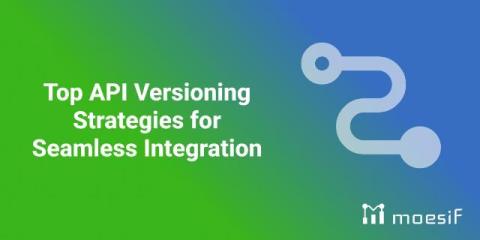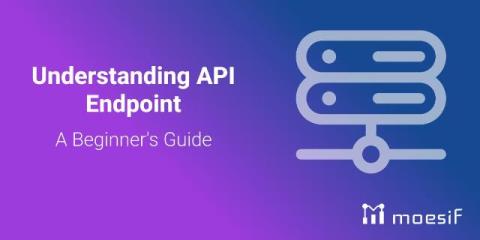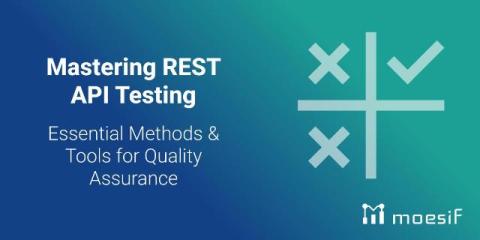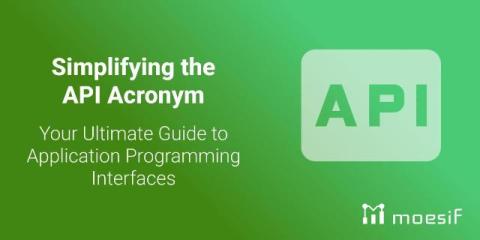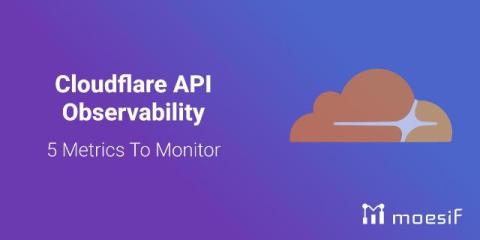Top 7 Must-Try AI API Tools for Developers
Upon close inspection of the growing adoption of artificial intelligence across different industries, it becomes apparent that a lot it rests on the shoulders of API-powered systems. A survey by McKinsey found that 56% of respondents reported AI adoption in at least one function within their organizations, with significant increase in the use of AI APIs for tasks like natural language processing and computer vision.



